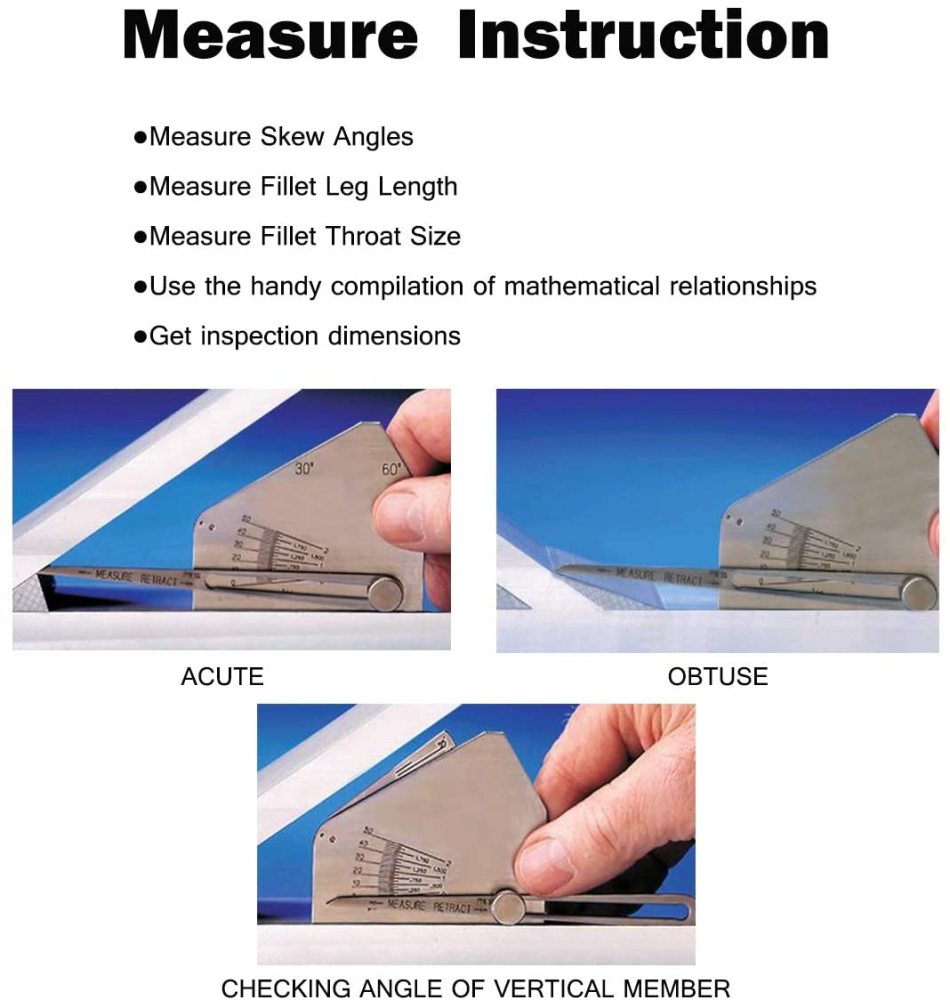Recognizing Gauge Fillet Weld: A Comprehensive Guide for Welders
Recognizing Gauge Fillet Weld: A Comprehensive Guide for Welders
Blog Article
Fillet Weld Style Methods: Enhancing Joint Efficiency and Aesthetic Appeal for Structural Honesty
In the realm of architectural engineering and construction, the importance of fillet weld style methods can not be overemphasized. By meticulously considering variables such as weld profile optimization, material selection, joint prep work methods, welding procedure efficiency, and aesthetic improvement engineers, approaches and makers can accomplish a harmonious equilibrium between functionality and look in their welded structures.
Weld Profile Optimization


Attaining an ideal weld account includes a thorough consideration of factors such as product thickness, joint arrangement, welding setting, and preferred welding speed. Additionally, the option of appropriate welding criteria, such as voltage, current, and travel rate, is fundamental in regulating the form and measurements of the fillet weld. Using advanced welding strategies, such as pulse welding or robotic welding, can further improve the weld account to meet specific style needs and high quality criteria.
Essentially, weld account optimization is a fundamental facet of fillet weld style that straight affects the overall performance and integrity of bonded joints in structural applications.
Product Selection Considerations
When considering product selection for fillet weld style, the compatibility of the base metals is a crucial element influencing the structural integrity of the joint. It is important to select materials that not just bonded together effectively but additionally possess comparable mechanical buildings to ensure the lots is equally distributed in between the weld and the base steels. Welding products with greatly various residential properties can lead to issues such as stress and anxiety concentrations, premature joint failing, or splitting.
In addition, the environment in which the welded framework will certainly operate must be considered when selecting materials. Factors like corrosion resistance, temperature variations, and exposure to chemicals can all impact the longevity and performance of the weld joint. By choosing materials that appropriate for the intended application and setting, the general durability and dependability of the welded joint can be substantially boosted.
For that reason, detailed consideration of product compatibility and ecological factors is paramount in ensuring the weld joint's toughness, toughness, and overall structural honesty.

Joint Preparation Strategies
Taking into consideration the crucial duty material choice plays in ensuring the structural honesty of fillet weld joints, it is crucial to carry out precise joint prep work strategies that maximize the link between the base metals. Joint prep work is a vital step that directly affects the top quality and strength of the weld.
In addition, tack welding the parts in location before the last weld aids preserve positioning and decreases distortion during the welding procedure. By carefully following these joint prep work methods, welders can view website boost the total performance and aesthetic appeals of fillet weld joints while ensuring architectural stability.
Welding Process Performance
Effective welding processes are crucial for accomplishing optimum efficiency and high quality in fillet weld fabrication. Processes like gas steel arc welding (GMAW) and flux-cored arc welding (FCAW) are commonly made use of for fillet welds due to their versatility and speed.
In addition, making sure proper equipment arrangement and maintenance is essential for reliable welding. Regular calibration of welding equipments, examination of consumables, and upkeep of welding lanterns can protect against downtime official statement and revamp, eventually conserving time and resources. In addition, utilizing competent welders with proficiency in the details welding process being made use of can dramatically influence effectiveness. Trained welders are much more adept at changing criteria, repairing concerns, and keeping constant weld top quality.
Aesthetic Improvement Approaches
To enhance the high quality of fillet weld fabrication, implementing aesthetic improvement approaches can play a vital role in ensuring accuracy and accuracy throughout the welding process. Visual aids such as weld size gauges and amplifying lenses can help in assessing weld profiles and dimensions accurately. By integrating these aesthetic enhancement methods into the welding procedure, welders can accomplish not just structurally sound fillet welds however likewise aesthetically appealing results that satisfy market standards.

Conclusion
Finally, maximizing fillet weld style involves cautious factor to consider of weld profile, product selection, joint preparation, welding process performance, and visual improvement approaches. By implementing these methods, structural integrity can be improved while likewise accomplishing visual allure. It is important to prioritize both performance and visual appeals in fillet weld layout to ensure the overall quality and longevity of the joint.
By carefully considering factors such as weld profile optimization, product selection, joint preparation techniques, welding process performance, and visual enhancement makers, designers and approaches can attain a harmonious balance between functionality and look in their bonded structures.In the world of fillet weld layout, optimizing the weld profile plays a vital duty in ensuring architectural stability and efficiency. The weld account, which includes the dimension and shape of the weld cross-section, straight influences the distribution of tension and load-bearing capacity within the joint. It is necessary to select products that not just bonded with each other effectively but additionally have similar mechanical buildings to make certain the tons is uniformly navigate here dispersed in between the weld and the base metals - Gauge Fillet Weld.In conclusion, optimizing fillet weld design involves mindful consideration of weld account, material option, joint prep work, welding process performance, and visual enhancement methods
Report this page